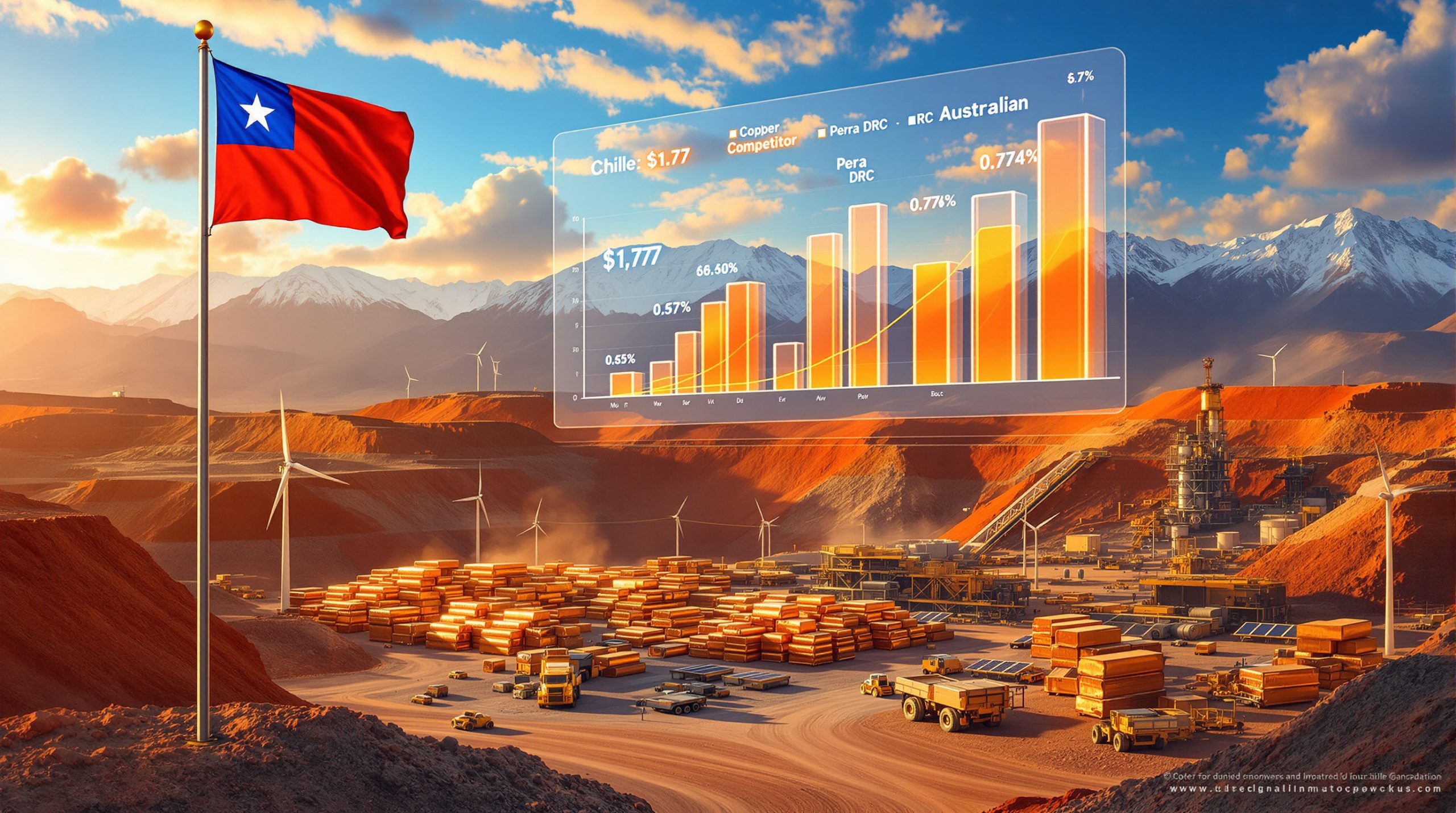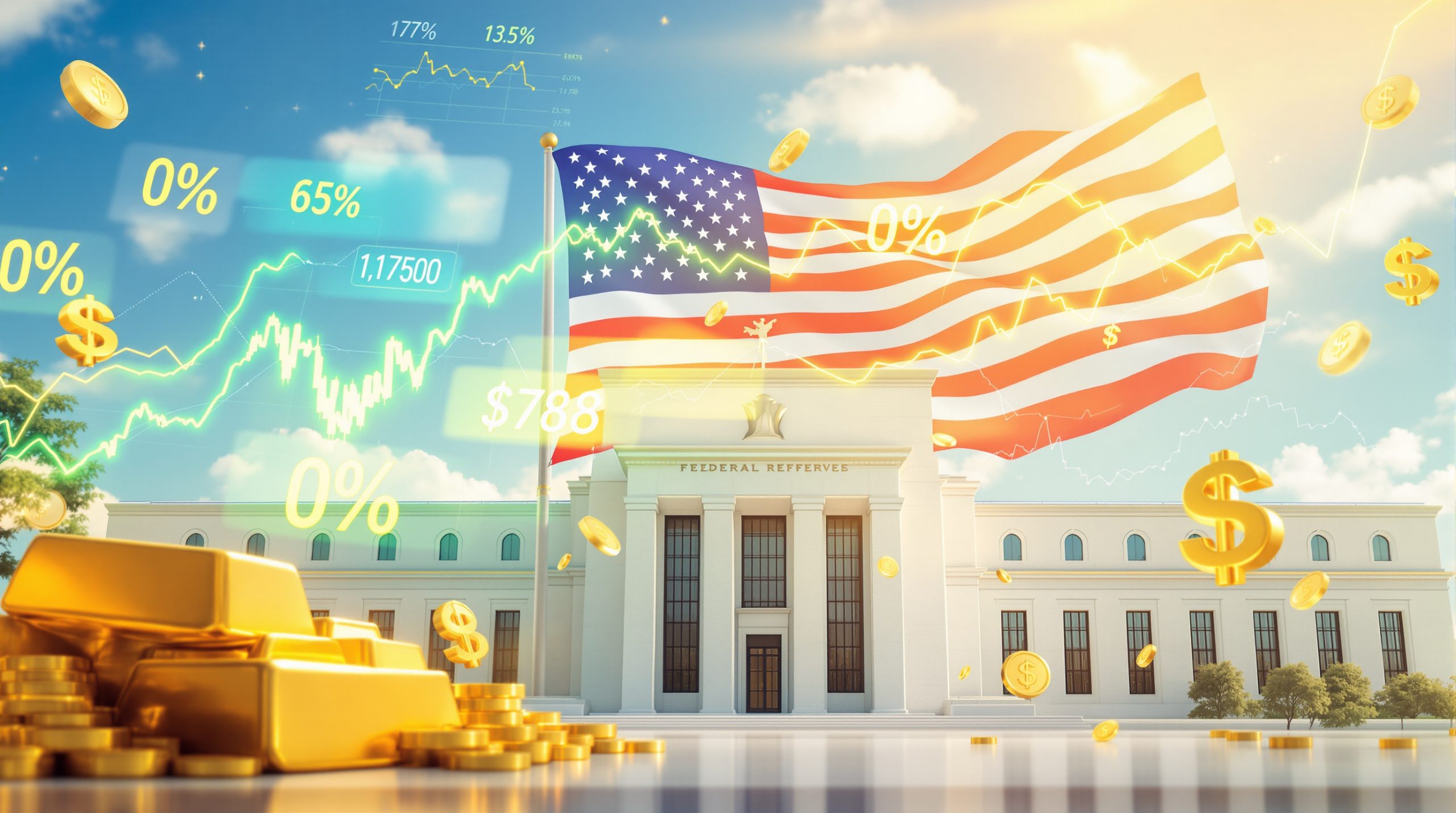What Are Rare Earths and Why Are They Important?
Rare earth elements (REEs) comprise a group of 17 metallic elements that, despite their name, are relatively abundant in the Earth's crust. However, finding them in concentrations economically viable for extraction is uncommon. These elements possess unique properties that make them irreplaceable in modern technology manufacturing.
The strategic importance of REEs cannot be overstated. These elements provide essential functionality in everything from consumer electronics to defense systems. Neodymium (Nd) and praseodymium (Pr) constitute approximately 85% of the rare earth magnet market value, demonstrating their critical role in the global technology supply chain.
"REEs' unique magnetic properties make them irreplaceable for high-efficiency motors in electric vehicles and wind turbines." — Dr. Julie Klinger, author of "Rare Earth Frontiers"
The Strategic Value of Rare Earth Elements
Rare earth elements serve as the foundation for numerous high-tech applications. These metals are crucial components in smartphones, electric vehicles, wind turbines, and sophisticated military equipment. Their unique properties enable the miniaturization of electronic components while enhancing performance.
Most rare earths aren't actually scarce in the Earth's crust, but the challenge lies in finding economically viable deposits. With average ore grades of just 0.06% REEs (compared to 0.3% for copper), extraction is complex and resource-intensive. This reality has created significant geopolitical implications for global supply chains.
Critical Applications in Modern Technology
The unparalleled magnetic, luminescent, and electrochemical properties of rare earths make them essential in advanced technologies:
- Powerful magnets: Neodymium and praseodymium create the strongest permanent magnets, critical for electric motors and wind turbines
- Digital displays: Europium and terbium phosphors enable the vibrant colors in screens and LED lighting
- Precision optics: Lanthanum and cerium are used in camera lenses and fiber optics
- Defense applications: A single F-35 fighter jet requires 417 kg of rare earth materials
Luminescent REEs (such as europium) enable more than 90% of color displays via red and blue phosphors, demonstrating their ubiquity in everyday technology. Without these elements, modern digital displays would be impossible to manufacture at scale.
Why Is Apple Investing in Rare Earths?
Apple's landmark investment in rare earths represents a strategic pivot in how technology companies approach supply chain security. This move signals a recognition of the critical importance of these materials and the vulnerabilities inherent in concentrated supply chains.
Apple's $500 Million Strategic Investment
Apple has committed $500 million to MP Materials, securing 35% of the output from their Texas facility through 2030. This partnership marks the first time a major technology company has made such a significant direct investment in rare earth supply.
The investment will establish a dedicated manufacturing facility in Texas specifically designed to produce rare earth components for Apple devices. This big pivot strategy aims to reduce supply chain vulnerabilities while ensuring consistent quality control.
"This vertical integration eliminates 2-month supply chain delays during geopolitical disruptions." — Tim Cook, Apple CEO
Securing Supply Chain Resilience
The investment represents Apple's strategy to reduce dependence on Chinese rare earth supplies, which have historically dominated global production. Apple has systematically reduced its reliance on Chinese NdFeB magnets from 95% in 2022 to 60% in 2025, demonstrating a clear diversification strategy.
As Tim Cook stated, this partnership will "help strengthen the supply of these vital materials here in the United States." The move comes amid growing concerns about supply chain vulnerabilities exposed during recent global disruptions.
Sustainability Initiatives
Beyond securing supply, Apple has announced plans to build a rare earths recycling facility in California, with ambitious targets to incorporate 50% recycled REEs in iPhones by 2027. This facility will implement MP Materials' "zero-waste" process that recovers 99% of REEs from ore via solvent extraction.
This initiative aligns with Apple's broader environmental goals and demonstrates the company's commitment to critical minerals energy transition principles. By reducing reliance on newly-mined materials, Apple aims to minimize the environmental footprint of rare earth extraction while securing long-term supply resilience.
How Has China Dominated the Rare Earths Market?
China's dominance in the rare earths market represents one of the most successful strategic resource plays in modern industrial history. Through decades of coordinated policy and investment, China has established near-complete control over this critical sector.
China's Strategic Control of Global Supply
China has strategically positioned itself as the dominant player in the rare earths market for decades, controlling approximately 85% of global processing capacity. For heavy rare earths like dysprosium, Chinese control rises to 92%, creating an even more concentrated chokepoint.
This dominance wasn't accidental but resulted from coordinated government policy dating back to the 1980s. China recognized the strategic value of these materials long before Western nations and invested accordingly in both mining and processing capabilities.
"China's 2010 export embargo taught the West that REEs are asymmetric economic weapons." — Dr. Eugene Gholz, Former Pentagon REE Advisor
Export Restrictions as Political Leverage
The Chinese government has demonstrated willingness to use its rare earths dominance as political leverage. The most notable example came in 2010 when China restricted exports during a territorial dispute with Japan, causing significant price volatility.
More recently, 2024 export quotas cut rare earth shipments to the U.S. by 45% year-over-year, demonstrating China's continued willingness to use these materials as leverage in international relations. A 2023 WTO ruling against China's dysprosium export caps highlighted these market distortions but has had limited practical effect.
Impact on Global Technology Supply Chains
China's "dual-use" control strategy has been particularly effective. Chinese rare earth separation technology was derived from nuclear research programs, creating a civil-military fusion that complicates Western response options.
Recent export restrictions to the United States have accelerated efforts by Western nations to develop alternative supply chains, highlighting the geopolitical importance of these materials in the ongoing technology competition between major powers. This has created unprecedented opportunities for non-Chinese producers, driving new mining industry trends worldwide.
How Are ASX Rare Earths Shares Performing?
The Australian Securities Exchange (ASX) hosts several prominent rare earths companies that have seen significant share price volatility following Apple's investment announcement and broader market developments.
Recent Price Movements in Key ASX Stocks
Several ASX-listed rare earths companies experienced notable share price increases following Apple's investment announcement:
- Arafura Rare Earths Ltd (ASX: ARU) gained nearly 5% in a single trading session, with trading volume spiking 200% post-Apple news
- Iluka Resources Ltd (ASX: ILU) rose approximately 4%
- Lynas Rare Earths Ltd (ASX: LYC) initially gained over 1% before settling at a 0.1% increase
These movements reflect heightened investor interest in the sector as global technology companies begin to secure their rare earths supply chains through strategic investments.
Year-to-Date Performance Analysis
The rare earths sector has shown remarkable strength in 2025:
- Lynas shares have appreciated more than 50% since January, trading at $9.88 with a P/E ratio of 32.1 (vs. sector average of 18.7)
- Arafura has delivered even more impressive gains exceeding 80% in the same period
- Iluka has mounted a recovery in recent months but remains significantly below historical highs
This performance contrasts with broader market indices, suggesting investors are specifically targeting rare earths exposure rather than participating in a general market rally. Furthermore, Apple's rare earth investment has created significant attention for the sector, as reported by CNN.
Historical Context and Current Valuations
Despite recent gains, current valuations remain well below historical peaks:
- Iluka shares currently trade around $5.03, compared to their 2022 high of $12.16 (a 59% discount)
- Lynas shares at $9.88 are far below their 2011 peak of $23
- Arafura at $0.21 represents only a fraction of its 2007 high of $1.79
Lynas' Mt Weld operation holds the world's highest-grade rare earth deposit (10.4% TREO vs. global average 1.2%), providing a significant competitive advantage in production costs. Meanwhile, Iluka's Eneabba project received a $1.4 billion Australian Critical Minerals Loan, demonstrating government support for domestic production capacity.
What Government Support Exists for Rare Earths Development?
Government support for rare earths development has intensified as nations recognize these materials as critical to economic security, technological leadership, and defense capabilities.
Pentagon Backing for Strategic Minerals
The U.S. Department of Defense has provided substantial support to the rare earths sector, recognizing these minerals as strategically essential for national security. In 2024, the Pentagon awarded MP Materials $120 million specifically for defense-grade NdFeB magnets (Contract #HQ0850-24-C-0012).
This support extends beyond financial backing to include expedited permitting and regulatory assistance. The Defense Production Act Title III has accelerated U.S. processing facility permits by 70%, removing bureaucratic obstacles to rapid capacity expansion.
"Securing non-Chinese REE supply chains is now a Tier 1 national security priority." — Jennifer Santos, Pentagon Industrial Policy
Government Initiatives to Reduce Import Dependence
Both the U.S. and Australian governments have implemented robust policies to encourage domestic rare earths production:
- Australia's $2 billion Critical Minerals Fund has allocated 65% to rare earth projects
- U.S. tax credits under Section 45X provide significant incentives for domestic production
- Streamlined permitting processes have reduced approval timelines by 40-60%
These initiatives represent a coordinated effort to rebuild domestic capabilities that eroded during decades of offshoring to China. The focus has shifted from cost minimization to supply security, with governments willing to subsidize production that might otherwise be uneconomical through Trump's critical minerals order and similar policies.
International Cooperation on Critical Minerals
Strategic partnerships between allied nations are emerging to create resilient supply chains for rare earths. The Australia-EU Critical Minerals Partnership signed in June 2025 guarantees tariff-free rare earth exports, creating an economic corridor that bypasses Chinese intermediaries.
Similar agreements between the U.S., Japan, Australia, and European nations reflect a new approach to critical minerals as strategic assets rather than mere commodities. These partnerships aim to create a network of secure supply that can withstand potential disruptions from dominant producers.
What Are the Investment Risks in Rare Earths Shares?
While rare earths present compelling investment opportunities, they also carry substantial risks that investors must carefully consider before committing capital to this volatile sector.
Market Volatility and Political Sensitivity
Rare earths shares have demonstrated extreme volatility, with prices often responding dramatically to geopolitical developments rather than fundamental business performance. This sensitivity creates both opportunities and risks for investors.
Price movements frequently correlate with U.S.-China relations, trade policies, and defense initiatives rather than company-specific developments. For example, when China announced export restrictions in 2024, ASX rare earths shares moved an average of 12% in a single trading session, highlighting their geopolitical sensitivity.
Processing Challenges and Environmental Concerns
Extracting and processing rare earths involves complex, costly operations with significant environmental challenges:
- Capital intensity: REE project CAPEX averages $1.2 billion with 8-year payback periods
- Environmental impact: 1 ton of REE ore produces 2,000 tons of toxic tailings
- Regulatory hurdles: Radioactive waste management requirements vary by jurisdiction
- Water usage: Processing requires 200-400 cubic meters of water per ton of REE concentrate
These challenges create both operational and regulatory risks for rare earths projects. Environmental opposition has delayed multiple projects globally, with community concerns about radioactive waste management being particularly problematic.
Long-Term Demand vs. Short-Term Hype
While the strategic importance of rare earths is clear, investors must distinguish between short-term market enthusiasm and sustainable long-term demand growth. The sector has experienced multiple boom-bust cycles, with share prices occasionally driven by speculation rather than fundamentals.
The current market enthusiasm must be balanced against actual production timelines. Many rare earths projects require 5-8 years from discovery to production, creating significant lag between investment and revenue generation. This extended timeline increases both financing risk and exposure to market cyclicality.
How Might the Rare Earths Sector Evolve?
The rare earths sector stands at an inflection point, with geopolitical pressures, technological innovation, and environmental concerns driving transformative change in how these critical materials are sourced, processed, and utilized.
Diversification of Global Supply Chains
The trend toward reducing dependence on Chinese rare earths will likely accelerate, creating opportunities for producers in Australia, the United States, and other regions:
- Australia is positioned to expand its current 8% global market share to 15-20% by 2030
- U.S. production capacity is projected to grow from near-zero to meeting 25% of domestic demand
- African resources remain largely undeveloped but represent significant potential
This diversification will create a more resilient global supply system but may also introduce new forms of geopolitical competition as nations vie for access to non-Chinese sources.
Technological Innovations in Processing and Recycling
Emerging technologies may significantly reduce the cost and environmental impact of rare earths processing:
- Bioleaching techniques utilize bacteria to extract rare earths at lower temperatures
- Direct extraction methods can reduce water usage by up to 70%
- Advanced separation technologies minimize chemical usage and waste generation
- Recycling innovations could create a significant secondary supply source
Apple's recycling initiative exemplifies this trend, with targets to incorporate 50% recycled rare earths in iPhones by 2027. As noted by Forbes, these recycling technologies mature, the proportion of supply from secondary sources could grow substantially, potentially altering market dynamics.
Integration with Broader Critical Minerals Strategies
Rare earths investments are increasingly viewed within comprehensive critical minerals frameworks essential for energy transition and technological sovereignty. This integration creates more stable policy environments but also subjects the sector to broader mining transformation trends.
The interconnections between rare earths and other critical minerals (lithium, cobalt, graphite) will likely lead to more holistic supply chain strategies rather than element-specific approaches. Companies that can address multiple critical mineral needs may gain advantages in accessing government support and strategic partnerships.
FAQ: Investing in Rare Earths Shares
What factors drive rare earths share prices?
Rare earths share prices are influenced by multiple factors:
- Geopolitical tensions: U.S.-China relations significantly impact market sentiment
- Supply-demand balance: Production disruptions or demand surges create price volatility
- Technological developments: New applications can rapidly increase demand for specific elements
- Project milestones: Feasibility studies, permitting decisions, and production achievements
- Processing capabilities: Companies with separation technology command premium valuations
Investors should monitor not only company announcements but also policy developments in major economies, as government decisions often have outsized impacts on the sector.
Which ASX rare earths companies have operational production?
Among ASX-listed companies, operational status varies significantly:
- Lynas Rare Earths is the largest producer outside China with fully operational facilities in Western Australia (mining) and Malaysia (processing)
- Iluka Resources is transitioning from mineral sands to rare earths production with its Eneabba project under construction
- Arafura Rare Earths and other junior companies are at various stages of project development but have not yet reached full-scale production
Investors should carefully assess development timelines and financing arrangements, as many companies face significant gaps between current status and projected production.
How does recycling affect the rare earths market?
Recycling currently accounts for less than 1% of rare earths supply but is growing in importance:
- Recovery efficiency has improved from 30% to over 90% for some applications
- Economics become favorable when virgin material prices exceed certain thresholds
- Corporate initiatives like Apple's recycling facility accelerate technology development
- Policy support increasingly incentivizes circular economy approaches
As recycling technology matures, it could eventually moderate price volatility by providing a secondary supply source less vulnerable to geopolitical disruptions. However, the growth of end-use applications means recycling alone cannot meet projected demand increases.
What distinguishes different rare earths companies as investments?
Key differentiating factors include:
- Development stage: Exploration,
Ready to Capitalise on the Next Rare Earth Discovery?
Stay ahead of the market with Discovery Alert's proprietary Discovery IQ model, which instantly identifies significant ASX mineral discoveries across 30+ commodities, including rare earths. Visit our discoveries page to understand how major mineral finds like those in the rare earths sector can generate substantial returns for early investors.




